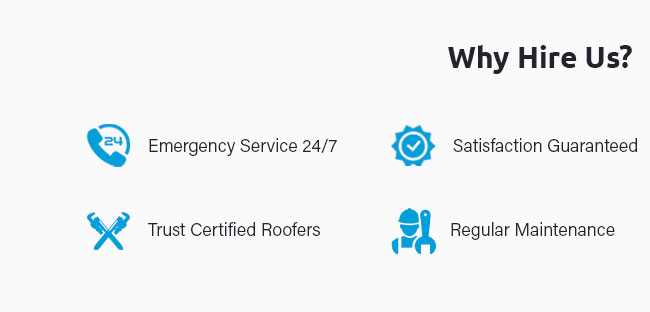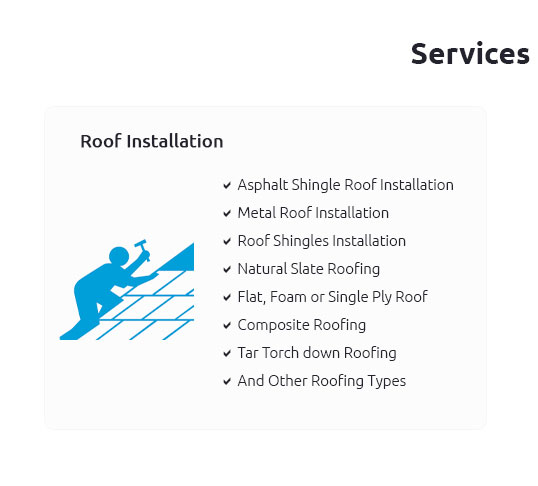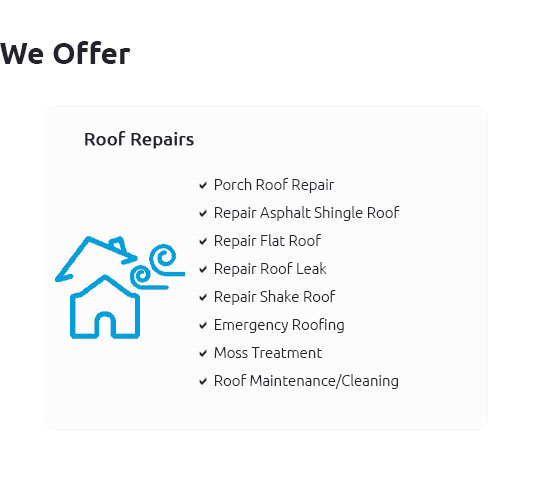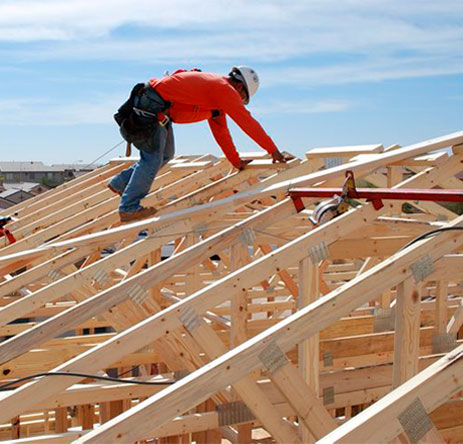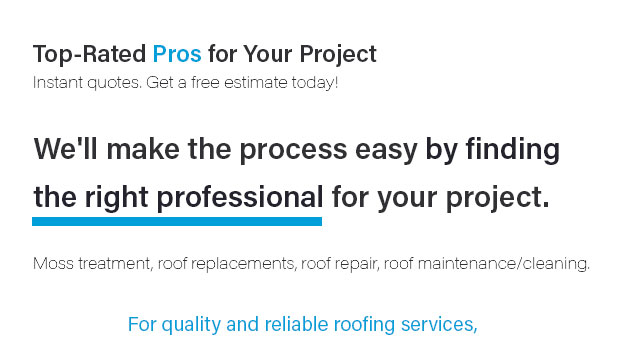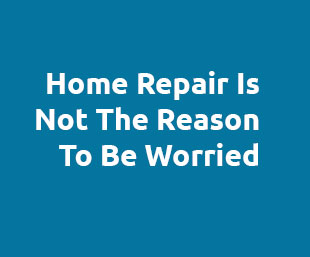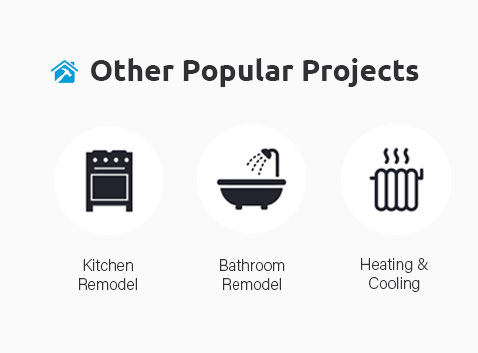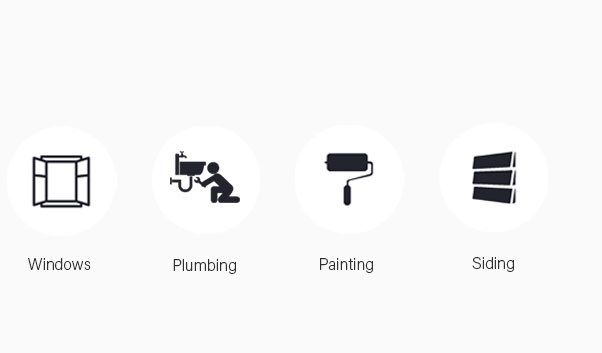di42tgfx3
If you're searching for roof repair assistance programs in Florida, there are numerous options to help homeowners tackle unexpected damages. These programs are designed to provide financial support and resources for Florida residents in need of critical roof repairs. By exploring various roof repair assistance programs, Florida homeowners can find the right solution tailored to their specific needs and circumstances. Understanding the eligibility criteria for roof repair assistance programs in Florida can make a significant difference in securing timely repairs. It's important to research and apply for these programs early to ensure your home remains safe and secure from adverse weather conditions.


